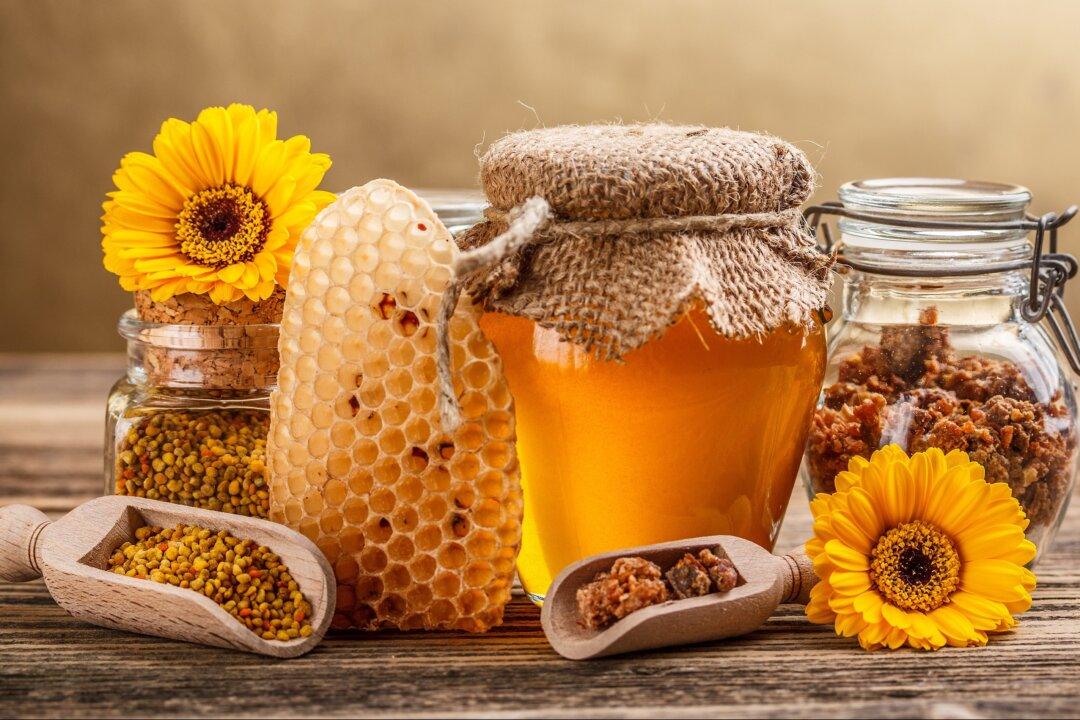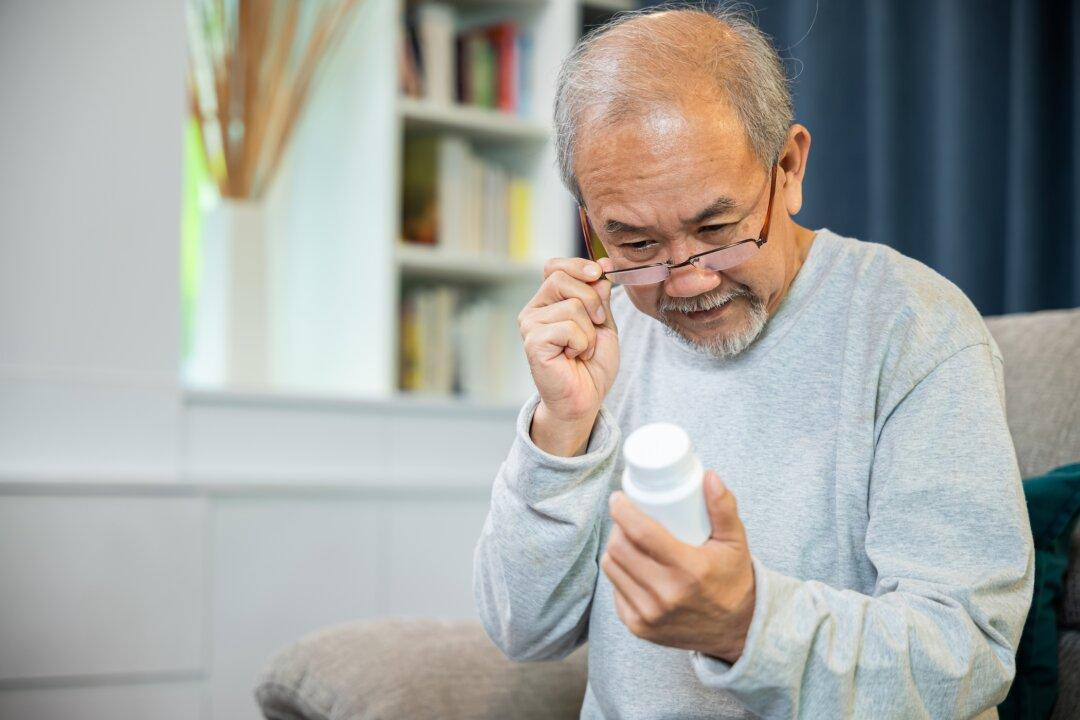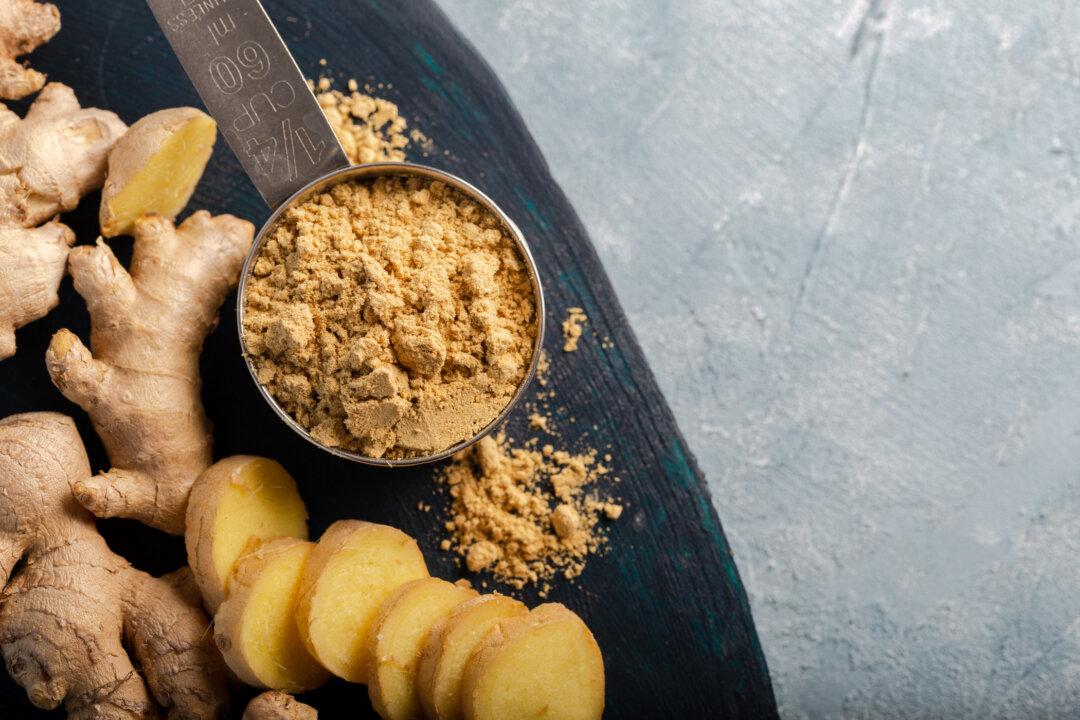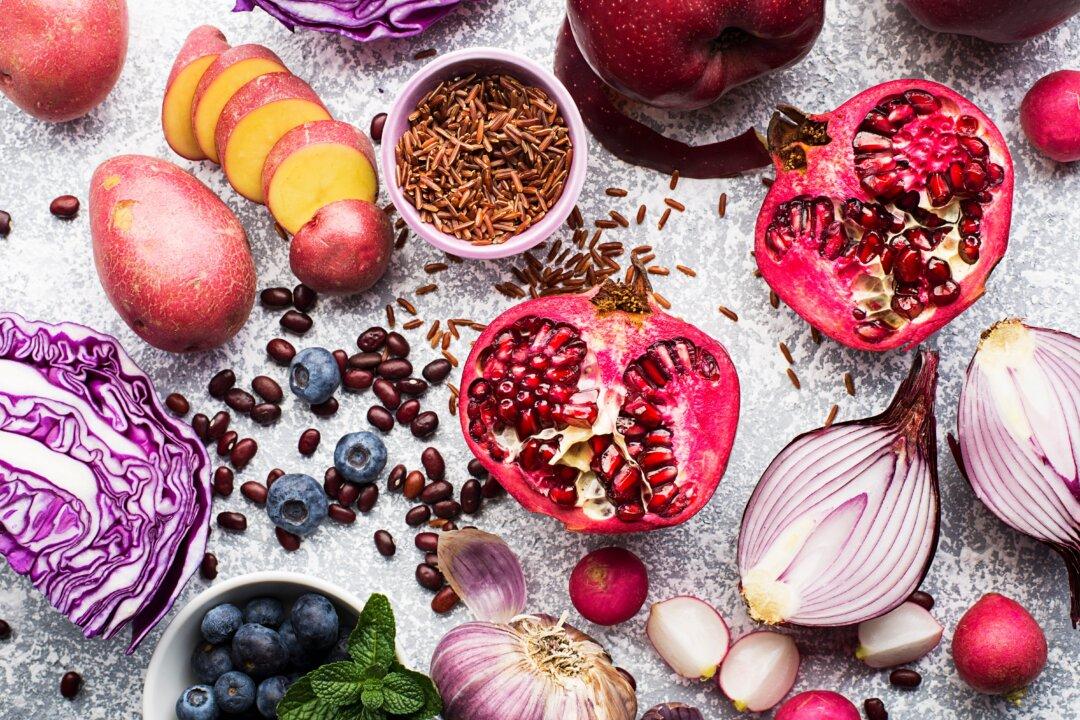Honey is appreciated the world over as one of Nature’s most delicious foods, but did you know it may have potent anti-flu activity as well?
A fascinating new study published in the Archives of Medical Research titled, ”Anti-influenza Viral Effects of Honey In Vitro: Potent High Activity of Manuka Honey,” reveals that honey may actually provide a natural drug alternative to anti-flu drugs, but without the notorious side effects associated with this drug class which includes Tamiflu.






